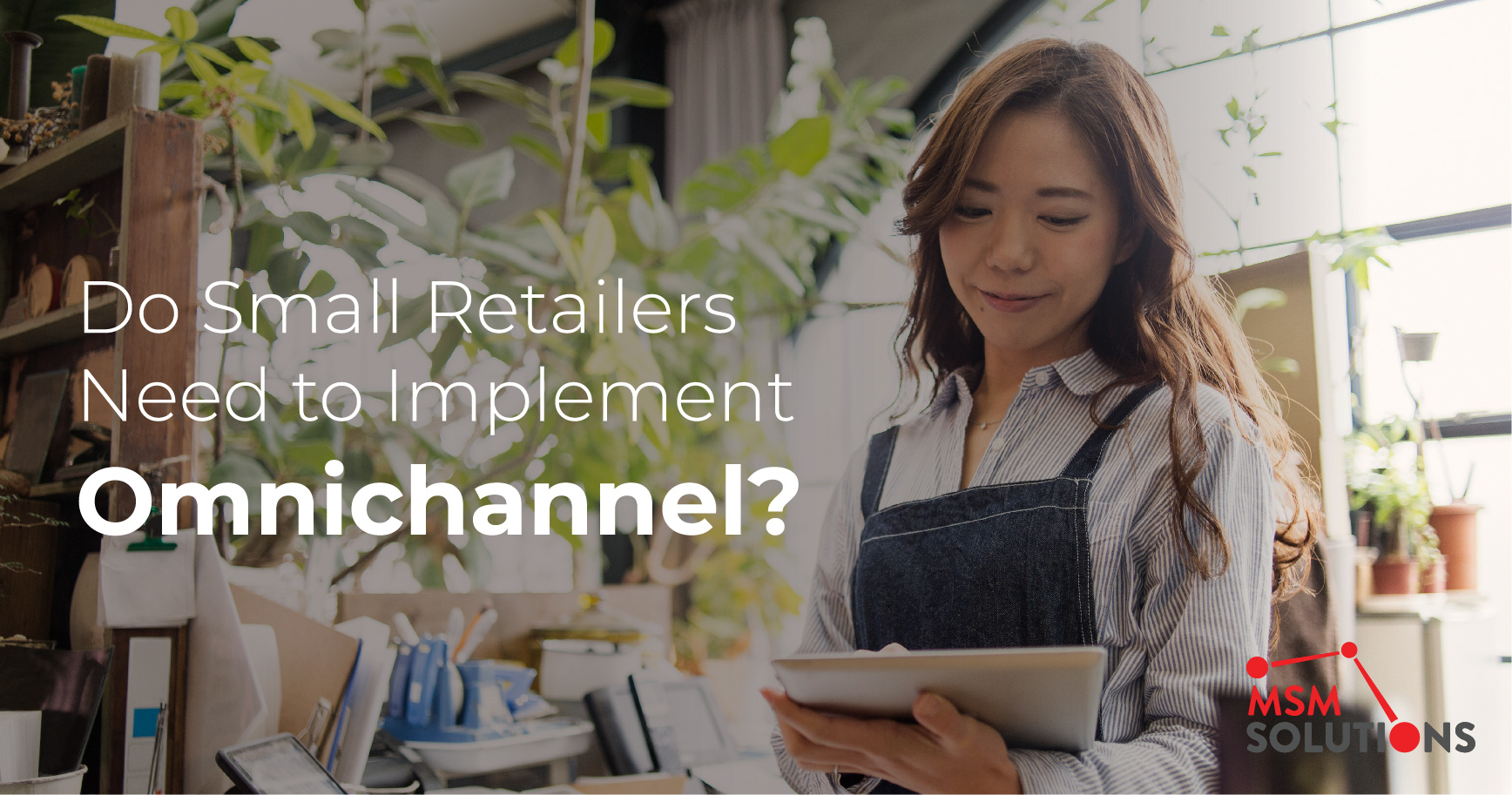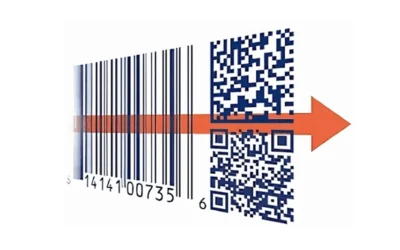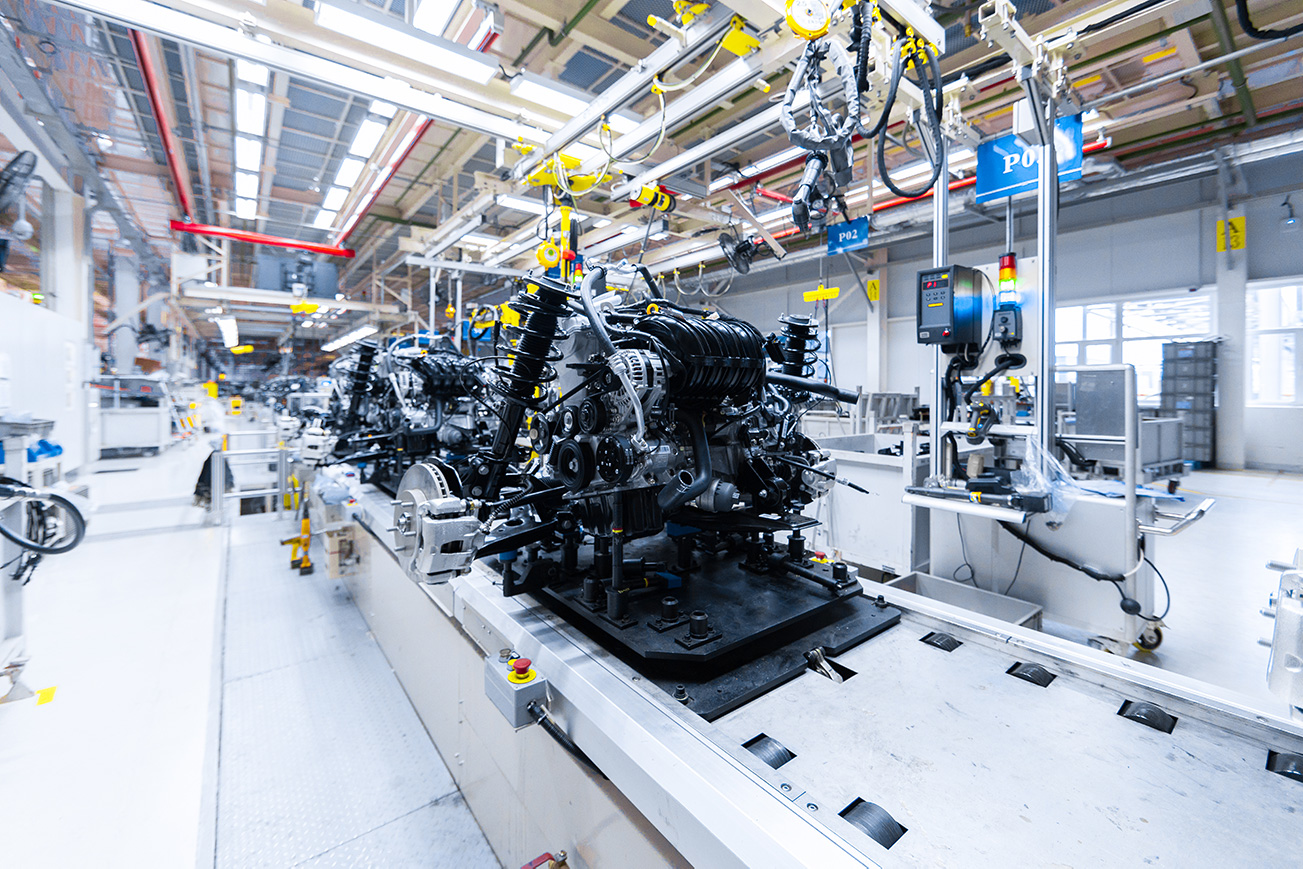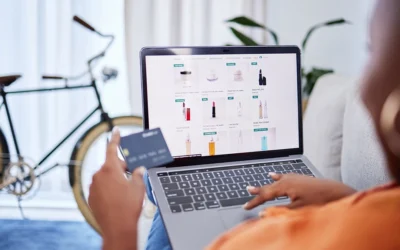Growing numbers of small retailers and brand owners are leveraging item-level RFID solutions to support omnichannel processes, but is it a fad or something that’s becoming necessary for businesses in the industry?
The short answer is: yes. Omnichannel models — and the technology to support them — are necessary for retailers that want to complete in 2018 and beyond. Retailers that don’t embrace the changing consumer models and understand that brick and mortar alone isn’t always enough won’t be able to meet consumer expectations, drive new business or compete with retailers that do invest in such things.
Three Benefits of Implementing Omnichannel in 2018
RFID solutions can help you increase sales, reduce inventory, reduce shrink and enable effective omnichannel fulfillment — all positive benefits. But omnichannel isn’t just about shoring up your numbers; it’s also about satisfying the customer and laying a foundation that keeps you competitive now and in the future. Here are three reasons to implement omnichannel this year.
1. Omnichannel lets you meet customer service preferences
Omnichannel engagement with customers increases retention rates; according to Business2Community, omnichannel lets you retain as much as 89 percent of your customer base. Compare that with the 33 percent rate reported for businesses without these options, and you can see how much of a difference purchasing choices make to many consumers. Modern retailing isn’t just about the products you sell. It’s about satisfying the customer by delivering what they want when and where they want it. Omnichannel lets you meet those preferences without undue hardship on your staff.
Customers don’t just want a choice between shopping online from home and shopping in the store. Many consumers utilize omnichannel offerings while in the store, either to make the buying process easier or to engage in research. In fact, according to Google research, 71 percent of people who use smartphones in stores say that capability is an important part of their shopping experience. RFID technology lets you keep online inventories as up-to-date as physical shelves to support this type of hybrid shopping.
2. Click-and-collect models help boost brand awareness
Exposure of products in your storefront is necessarily limited, and getting those products online helps you expand exposure. When customers can find and buy your products in multiple ways, it’s easier to increase awareness for your store — especially when even online purchasers do end up on your premises.
Click-and-collect models let shoppers browse and buy products online and collect them in your store. Without RFID antennas and readers, retailers can’t easily support such models, but with the right technology, you can increase how many people cross your threshold and boost sales by giving customers more options. More channels also give you more leverage for marketing campaigns because you have more things to offer your customers.
3. Omnichannel fulfillment lets you address key retail metrics
Omnichannel models drive up sales and revenue and help keep inventory flowing. It’s not just that you get more customers when you offer these options (though it’s often a result), but the customers who do opt to shop across your channels are the type of consumer you want to attract.
The Harvard Business Review conducted a study of more than 46,000 shoppers, noting that omnichannel customers are more valuable to retailers than their counterparts. Customers that choose to use multiple channels spent on average 4 percent more when they shopped in-store and as much as 10 percent more online.
Implementing Omnichannel Within Your Budget
Often when retailers hear about technology solutions they need to implement to stay competitive, capital investment is involved. But omnichannel support is possible without huge investments thanks to RFID technology, which lets retailers of all sizes implement these changes. MSM Solutions delivers purchasing flexibility for RFID software, RFID readers and RFID labels to fit retailer needs.
- Full Solution (Capital Purchase): Retailers can purchase the entire solution up front, gaining the hardware, software and services required to implement omnichannel. The tags and labels are sourced following standard procurement models. This model may be right for businesses who want to invest in upgrades for financial purposes or for retailers that like to maintain complete control of equipment supporting their processes. It also ensures that the bulk of the reasonable expense is handled up front, reducing future exposure.
- Monthly Solution (SaaS): This model lets retailers purchase hardware components via a capital outlay but budget for the software services monthly. Tags and labels are also purchased on an as-needed basis, making this model ideal for retailers that want to minimize upfront expenses but ensure access to the software and services needed to optimize omnichannel offerings.
The bottom line is this: whatever type of retail establishment you run, you can’t afford to ignore the evolution of the industry. Brick and mortar isn’t dead, but single-channel is definitely in its final years. By investing in omnichannel today, you help protect your company’s tomorrow.



